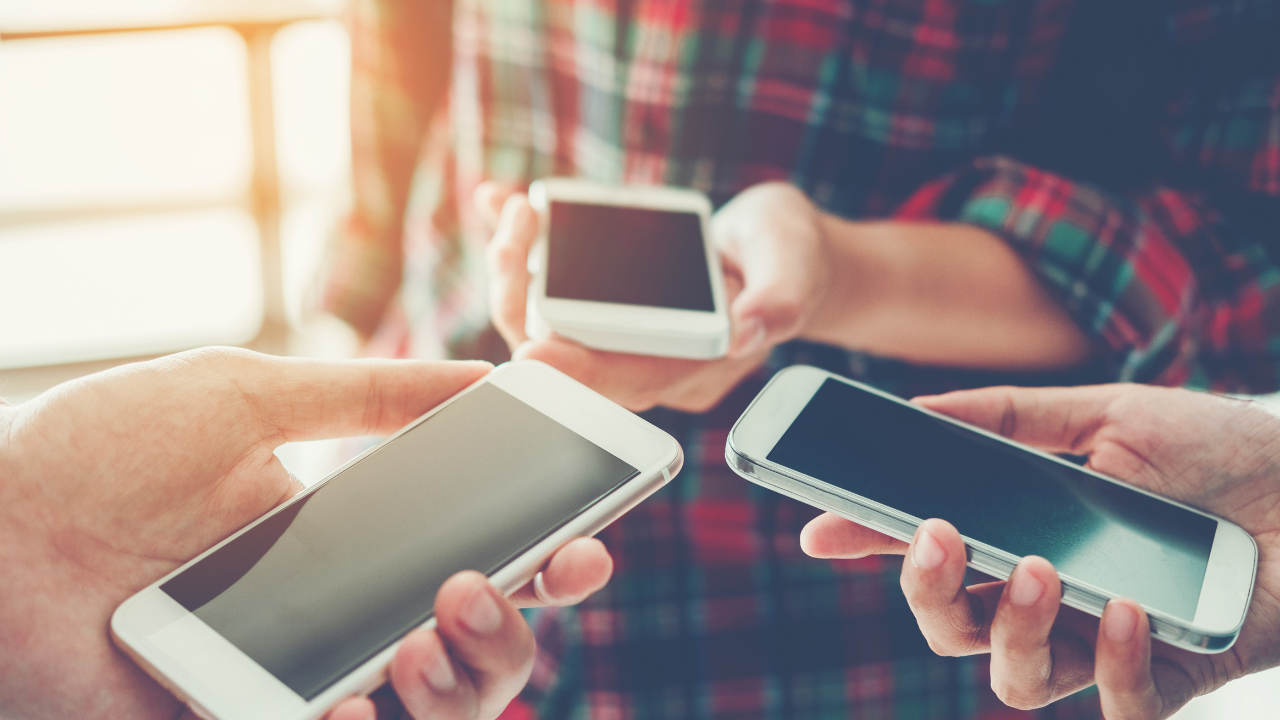2. Non-Profit Organizations
Non-profit organizations play a crucial role in enhancing technology access for seniors, facilitating their connection to the digital world. Notable examples include "Cell Phones for Seniors" and "Tech4Good." These organizations are dedicated to refurbishing and providing smartphones to seniors, along with the necessary training to help them effectively use their devices.
How These Organizations Operate
Cell Phones for Seniors accepts donated smartphones from the public, which are refurbished and distributed to low-income seniors, often at no cost. The organization focuses on ensuring that seniors have access to communication devices that can enhance their independence and quality of life. The provision of smartphones helps seniors connect with family members, manage health appointments, and access valuable resources online.
Similarly, Tech4Good not only refurbishes devices but also includes comprehensive training programs. These workshops and one-on-one training sessions guide seniors on basic smartphone functionalities, internet usage, and safety practices when navigating online spaces. By teaching seniors how to utilize these devices confidently, organizations like Tech4Good effectively empower them, enabling them to stay connected and informed.
The Broader Impact of Non-Profit Initiatives
The work of these non-profit organizations significantly contributes to bridging the digital divide for seniors. Many older adults may feel intimidated by technology, resulting in isolation or dependence on others for assistance. By providing both devices and training, these non-profits mitigate these challenges and equip seniors with the skills necessary to remain independent in a rapidly evolving digital landscape.
Moreover, initiatives led by non-profits often foster community-building and social interaction among seniors. By participating in training sessions, seniors have the opportunity to meet others, share experiences, and build friendships. This social aspect further contributes to their well-being, addressing mental health concerns often tied to social isolation.

Next Page
You May Also Like
-

How to Use SNAP and Other Government Benefits to Qualify for Free Cell Phone Services
Learn how to qualify for free cell phone services using SNAP, Medicaid, and other government benefits. Understand eligibility, application steps, and maximize Lifeline and ACP benefits.
-

Frequently Asked Questions (FAQ) About the Lifeline Program
Whether you're interested in eligibility requirements, application processes, or benefits provided, our FAQ section addresses the most commonly asked questions about the Lifeline Program.
-

What is the Lifeline Program?
Initially established as part of the Universal Service Fund (USF), Lifeline began with the straightforward objective of providing discounted landline telephone services to low-income households.
Popular Blog
-

Affordable Alternatives When You Don’t Qualify for Free Government Phones in the U.S.
Don’t qualify for a free government phone like Lifeline? This article explores affordable options for staying connected. Discover prepaid plans, discounted deals, the used phone market, and how to leverage free Wi-Fi and community resources to maintain essential communication on a budget.
-

How to Get a Free Tablet from Government Programs
In this article, we’ll explore these programs, the types of tablets you can get, and the carriers currently participating in these initiatives.
-

How to Check Your Eligibility for Free Cell Phones and Services
Learn how to check your eligibility for free cell phones and services through programs like Lifeline and ACP. Discover income-based requirements, application steps, and benefits.





